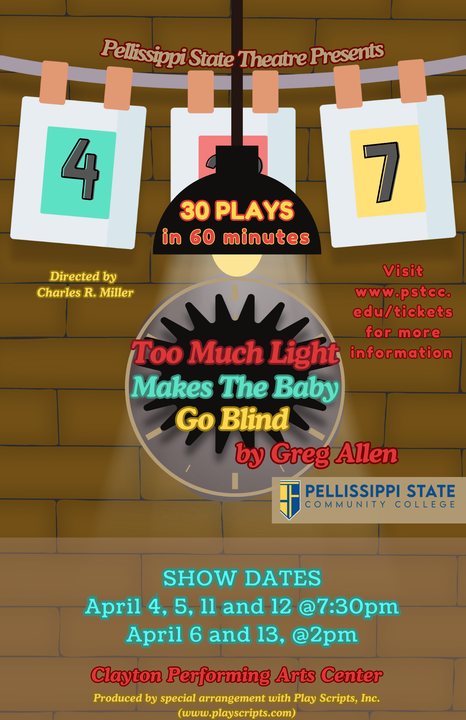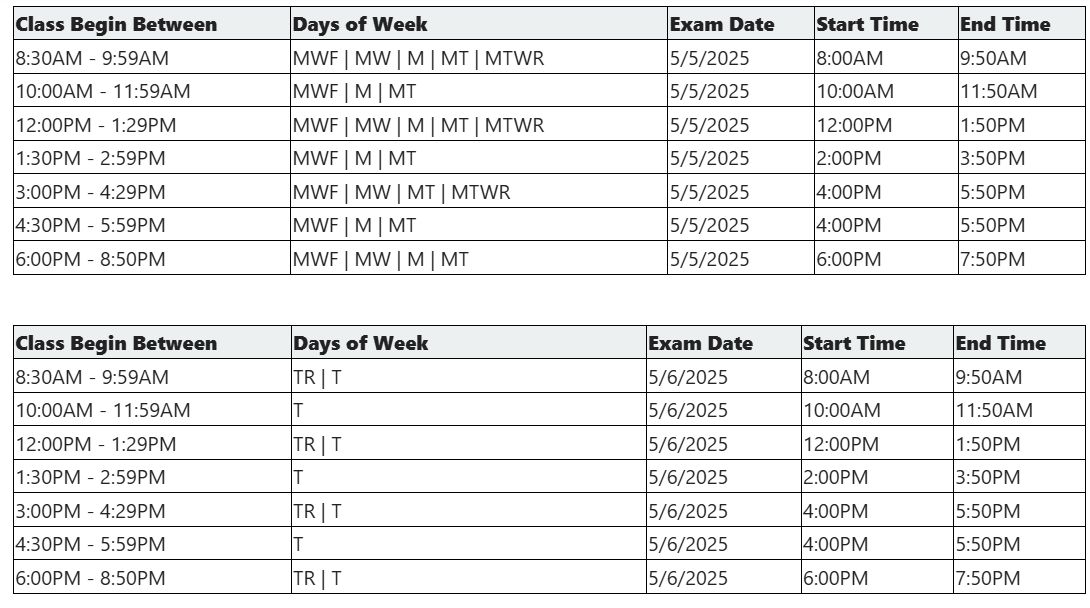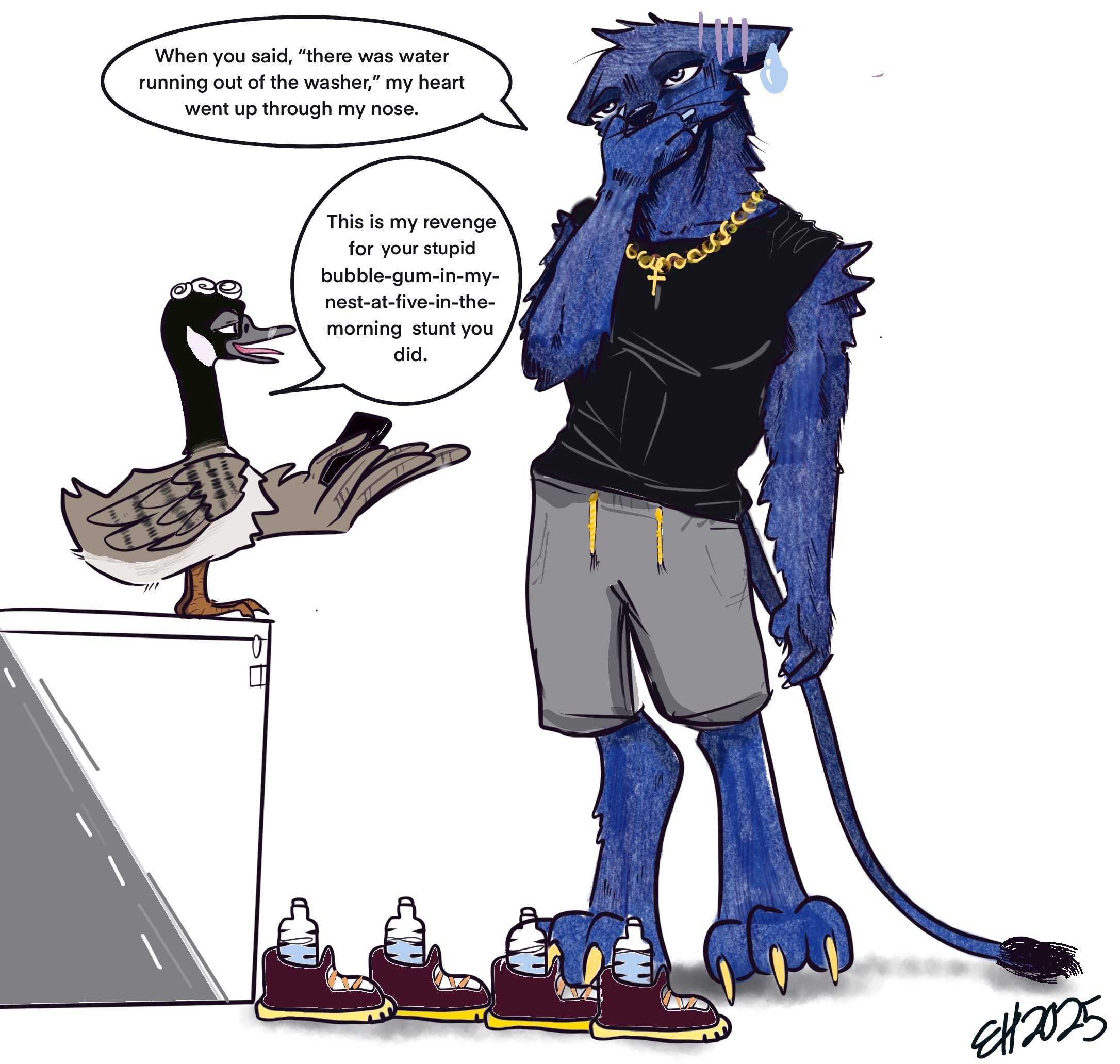By Hollyn Rummel, Staff Writer
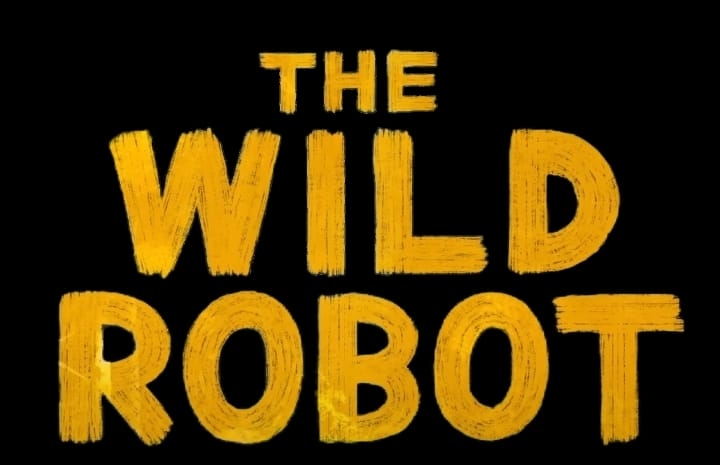
Chris Sanders’ three-time Academy Award nominated film, The Wild Robot, is an emotional masterpiece. Based on Peter Brown’s beloved children’s book of the same name, the film explores love and loss from the perspective of an unnatural relationship between a robot and a gosling, highlighting very human experiences concerning found family and finding a personal path for oneself.
For those that haven’t seen it or need a brief refresher on the premise, the film begins with the robot assistant ROZZAM 7134 “Roz” (voiced by Academy Award winner Lupita Nyong’o) crash landing in an unknown forest. Programmed to help complete tasks, Roz struggles to find a purpose on the island, especially when the animals she runs into want nothing to do with her. Eventually her disruptiveness leads to an accident that crushes a goose nest, where she finds a single surviving egg.
When the gosling hatches and imprints on Roz, she is told by the animals that her new “task” is to raise it in the stead of its now deceased mother. The rest of the film follows Roz as she tries to do just that with the help of Fink the Fox (voiced by Academy Award winner Pedro Pascal) and Pinktail the Opossum (voiced by Emmy winner Catherine O’Hara).
With a heart-felt story, beautiful hand-painted animation, and a talent-stacked cast, the film stays in touch with a children’s book feel, creating a comforting place to be vulnerable and connect with the characters as they try to process the numerous uncertainties of life.
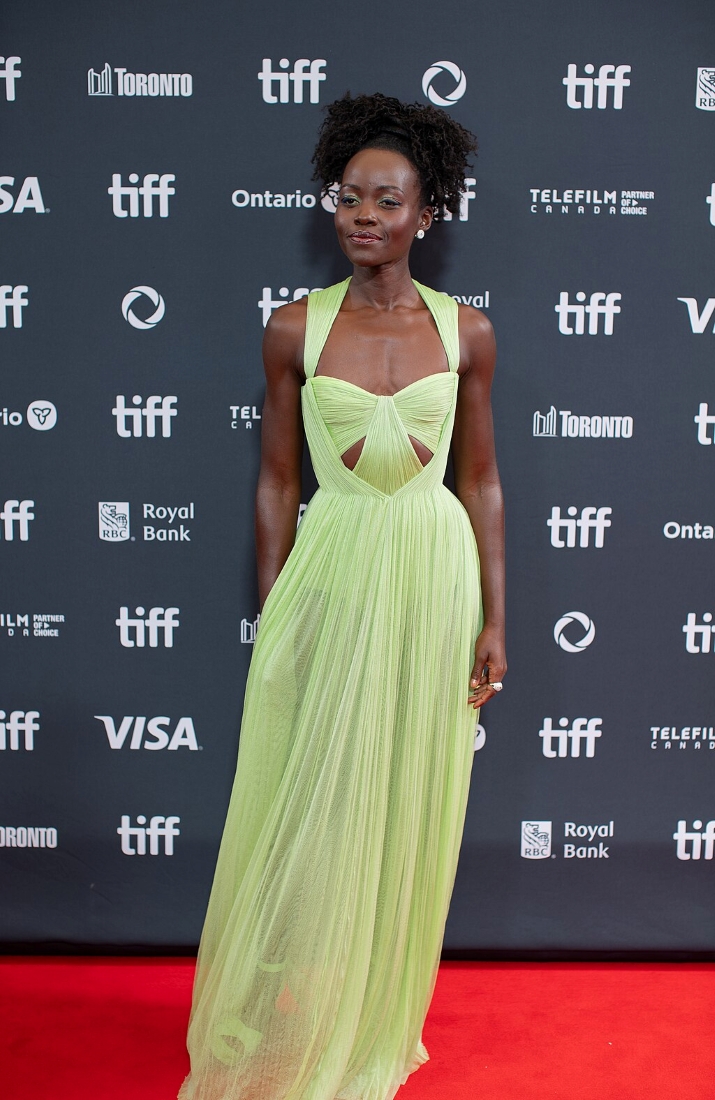
John Sears
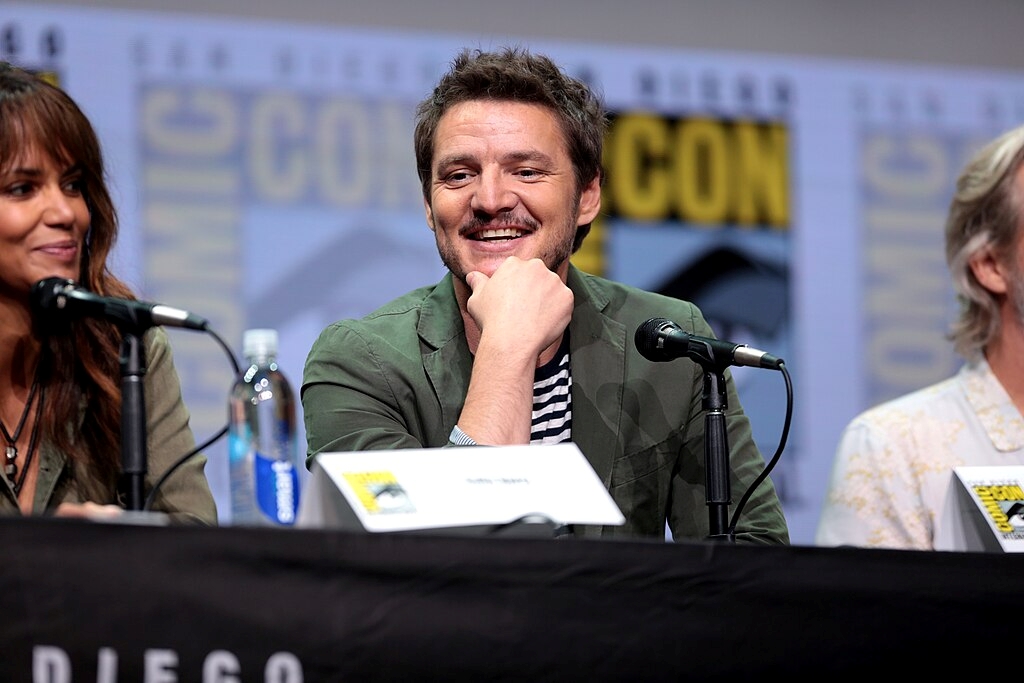
Film adaptations of books and novels often leave fans of the original work uneasy about how the beloved story will be represented, and while there are many changes to the story, the heart and integrity of Brown’s novel are beautifully preserved. Sanders saw the special bond Brown had written between Roz and Brightbill the Gosling (played by Kit Connor), making sure that the complexities of their relationship were not lost or overlooked in his adaptation of the story.
Roz finds a purpose in Brightbill, but she still is unsure of her place as his mother, as she was not programmed for the task. Brightbill feels alienated from the other animals because of his unusual family and upbringing. Their conflicts with each other as they find their purpose in the world and for one another have many similarities to adoption and non-traditional families, including their ultimate decisions to stay with each other.
Although it is a story targeting a childhood audience, parents can relate more emotionally to the onscreen relationship as they watch Roz try to process what happens when her task of raising Brightbill is over. The experience of letting a child go is shown so beautifully in all its uncertainties, showing that Roz must accept that she cannot help any further in her task, even though she experiences confusion, hope, and sorrow.
While there are some added or changed scenes in the film adaptation, they all serve to expound on the original tone and message of Brown’s book. In a scene invented for the film, Roz puts together old robot parts to ask it to help her with her task, in what Sanders describes in a Collider interview as “Roz in a sense having a conversation with herself.” While different from the book, the scene allows the viewers to really get a sense of the cognitive dissonance Roz is struggling with, making it clear that she’s isn’t sure if she should move somewhere she can fulfill the purpose she was designed for or if she should stay with Brightbill in the purpose she found for herself. Despite some fan-favorite parts of the book being sacrificed for the film, the heart and many meaningful messages of The Wild Robot stayed well preserved and important in this film adaptation. With exploration of the emotional aspects of the characters through new unique designs, beautiful animated backgrounds, and a heart-swelling music score by Kris Bowers, The Wild Robot reveals its heart on the big screen.



